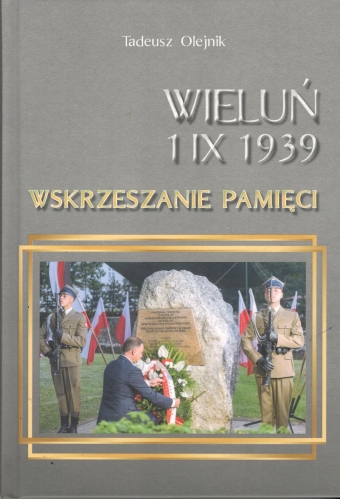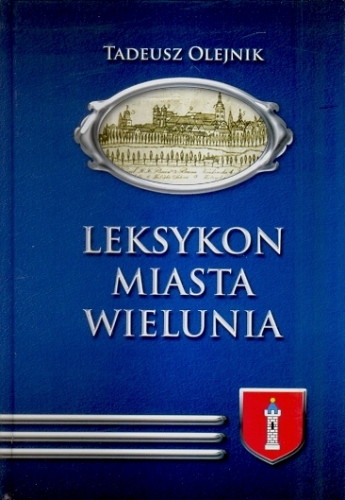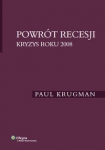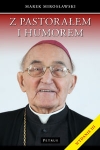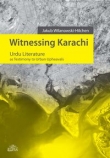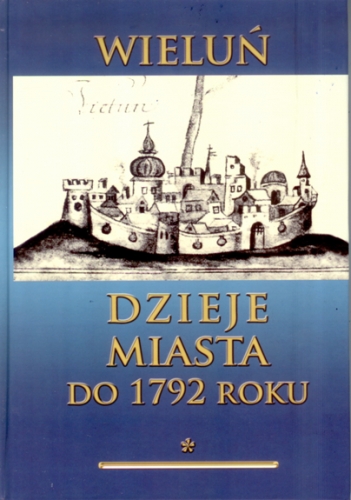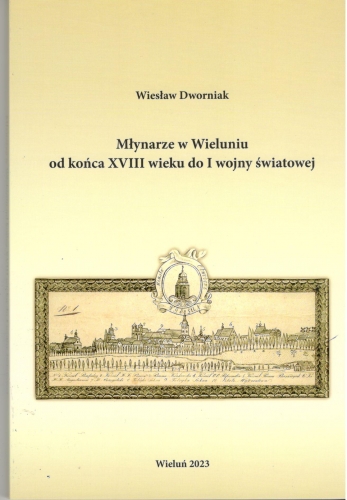Witaj niezarejestrowany
Przechowalnia
Tylko zalogowani klienci sklepu mogą korzystać z przechowalni
Witnessing Karachi
Kategorie: Historia Azji
, Historia literatury zagranicznej
, Wydawnictwa naukowe i popularno-naukowe
Isbn: 9788380170803, 9788380170803, 9788380170803, 9788380170803, 9788380170803, 9788380170803, 9788380170803
Ean: 9788380170803, 9788380170803, 9788380170803, 9788380170803, 9788380170803, 9788380170803, 9788380170803
Liczba stron: 114
Format: 16.5x24.0cm
The 1990s were a particularly violent decade in the history of Karachi. Political, ethnic and religious conflicts, as well as a number of security operations, ravaged the city, which in the middle of the decade turned into an urban quasi-war zone. This study is an attempt to provide a glimpse into the life
of this conflict-torn city from an inside perspective, through an analysis of the literary representations of the citys upheaval in contemporary Urdu literature.
The conflicts and violence of the said period provoked a fairly limited immediate literary response, which made it possible to include all of it as far as the author is aware in this study. The works analysed here include a novel, two collections of short stories and a collection of poems, written and published in 1995 and 1996, i.e. during the violences peak period. The implicit aim of these works was to provide a literary testimony to what was happening in the city, and for that reason they are analysed within the theoretical framework of witness literature, a mixed-origin genre that emerged around the 1940s and 1950s, aiming to give testimony to the various collective traumas of the twentieth century through the means of literary fiction. To the authors best knowledge, no other study of the source texts has been undertaken so far.
,
The 1990s were a particularly violent decade in the history of Karachi. Political, ethnic and religious conflicts, as well as a number of security operations, ravaged the city, which in the middle of the decade turned into an urban quasi-war zone. This study is an attempt to provide a glimpse into the life
of this conflict-torn city from an inside perspective, through an analysis of the literary representations of the citys upheaval in contemporary Urdu literature.
The conflicts and violence of the said period provoked a fairly limited immediate literary response, which made it possible to include all of it as far as the author is aware in this study. The works analysed here include a novel, two collections of short stories and a collection of poems, written and published in 1995 and 1996, i.e. during the violences peak period. The implicit aim of these works was to provide a literary testimony to what was happening in the city, and for that reason they are analysed within the theoretical framework of witness literature, a mixed-origin genre that emerged around the 1940s and 1950s, aiming to give testimony to the various collective traumas of the twentieth century through the means of literary fiction. To the authors best knowledge, no other study of the source texts has been undertaken so far.
,
The 1990s were a particularly violent decade in the history of Karachi. Political, ethnic and religious conflicts, as well as a number of security operations, ravaged the city, which in the middle of the decade turned into an urban quasi-war zone. This study is an attempt to provide a glimpse into the life
of this conflict-torn city from an inside perspective, through an analysis of the literary representations of the citys upheaval in contemporary Urdu literature.
The conflicts and violence of the said period provoked a fairly limited immediate literary response, which made it possible to include all of it as far as the author is aware in this study. The works analysed here include a novel, two collections of short stories and a collection of poems, written and published in 1995 and 1996, i.e. during the violences peak period. The implicit aim of these works was to provide a literary testimony to what was happening in the city, and for that reason they are analysed within the theoretical framework of witness literature, a mixed-origin genre that emerged around the 1940s and 1950s, aiming to give testimony to the various collective traumas of the twentieth century through the means of literary fiction. To the authors best knowledge, no other study of the source texts has been undertaken so far.
,
The 1990s were a particularly violent decade in the history of Karachi. Political, ethnic and religious conflicts, as well as a number of security operations, ravaged the city, which in the middle of the decade turned into an urban quasi-war zone. This study is an attempt to provide a glimpse into the life
of this conflict-torn city from an inside perspective, through an analysis of the literary representations of the citys upheaval in contemporary Urdu literature.
The conflicts and violence of the said period provoked a fairly limited immediate literary response, which made it possible to include all of it as far as the author is aware in this study. The works analysed here include a novel, two collections of short stories and a collection of poems, written and published in 1995 and 1996, i.e. during the violences peak period. The implicit aim of these works was to provide a literary testimony to what was happening in the city, and for that reason they are analysed within the theoretical framework of witness literature, a mixed-origin genre that emerged around the 1940s and 1950s, aiming to give testimony to the various collective traumas of the twentieth century through the means of literary fiction. To the authors best knowledge, no other study of the source texts has been undertaken so far.
,
The 1990s were a particularly violent decade in the history of Karachi. Political, ethnic and religious conflicts, as well as a number of security operations, ravaged the city, which in the middle of the decade turned into an urban quasi-war zone. This study is an attempt to provide a glimpse into the life
of this conflict-torn city from an inside perspective, through an analysis of the literary representations of the citys upheaval in contemporary Urdu literature.
The conflicts and violence of the said period provoked a fairly limited immediate literary response, which made it possible to include all of it as far as the author is aware in this study. The works analysed here include a novel, two collections of short stories and a collection of poems, written and published in 1995 and 1996, i.e. during the violences peak period. The implicit aim of these works was to provide a literary testimony to what was happening in the city, and for that reason they are analysed within the theoretical framework of witness literature, a mixed-origin genre that emerged around the 1940s and 1950s, aiming to give testimony to the various collective traumas of the twentieth century through the means of literary fiction. To the authors best knowledge, no other study of the source texts has been undertaken so far.
,
The 1990s were a particularly violent decade in the history of Karachi. Political, ethnic and religious conflicts, as well as a number of security operations, ravaged the city, which in the middle of the decade turned into an urban quasi-war zone. This study is an attempt to provide a glimpse into the life
of this conflict-torn city from an inside perspective, through an analysis of the literary representations of the citys upheaval in contemporary Urdu literature.
The conflicts and violence of the said period provoked a fairly limited immediate literary response, which made it possible to include all of it as far as the author is aware in this study. The works analysed here include a novel, two collections of short stories and a collection of poems, written and published in 1995 and 1996, i.e. during the violences peak period. The implicit aim of these works was to provide a literary testimony to what was happening in the city, and for that reason they are analysed within the theoretical framework of witness literature, a mixed-origin genre that emerged around the 1940s and 1950s, aiming to give testimony to the various collective traumas of the twentieth century through the means of literary fiction. To the authors best knowledge, no other study of the source texts has been undertaken so far.
,
The 1990s were a particularly violent decade in the history of Karachi. Political, ethnic and religious conflicts, as well as a number of security operations, ravaged the city, which in the middle of the decade turned into an urban quasi-war zone. This study is an attempt to provide a glimpse into the life
of this conflict-torn city from an inside perspective, through an analysis of the literary representations of the citys upheaval in contemporary Urdu literature.
The conflicts and violence of the said period provoked a fairly limited immediate literary response, which made it possible to include all of it as far as the author is aware in this study. The works analysed here include a novel, two collections of short stories and a collection of poems, written and published in 1995 and 1996, i.e. during the violences peak period. The implicit aim of these works was to provide a literary testimony to what was happening in the city, and for that reason they are analysed within the theoretical framework of witness literature, a mixed-origin genre that emerged around the 1940s and 1950s, aiming to give testimony to the various collective traumas of the twentieth century through the means of literary fiction. To the authors best knowledge, no other study of the source texts has been undertaken so far.
Oprawa: Kartonowa Foliowana, twarda, twarda, twarda, twarda, twarda, twarda
Wydawca: ELIPSA Dom Wydawniczy, ebookpoint
Brak na magazynie
Inne produkty tego wydawcy:
Informacje
Dane kontaktowe
| Księgarnia internetowa "booknet.net.pl" ul.Kaliska 12 98-300 Wieluń |
Godziny otwarcia: pon-pt: 9.00-17.00 w soboty 9.00-13.00 |
Dane kontaktowe: e-mail: info@booknet.net.pl e-mail: info@booknet.net.pl
|

© copyright by BOOKNET

























